IMO Environment Committee approves draft mandatory regulations to cut ship carbon intensity; technical and operational
Green Car Congress
NOVEMBER 21, 2020
The International Maritime Organization (IMO) Marine Environment Protection Committee (MEPC) has approved draft new mandatory regulations to cut the carbon intensity of existing ships. The draft amendments to the MARPOL convention would require ships to combine a technical and an operational approach to reduce their carbon intensity.







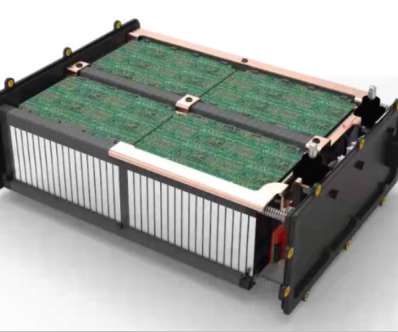











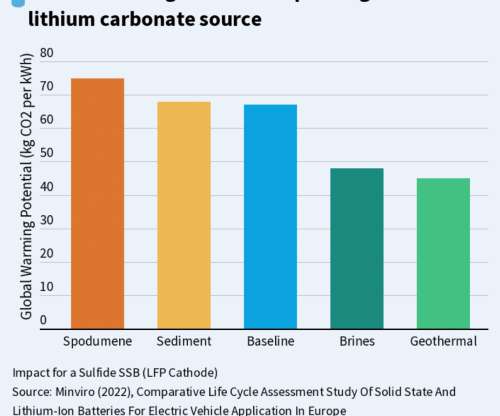

















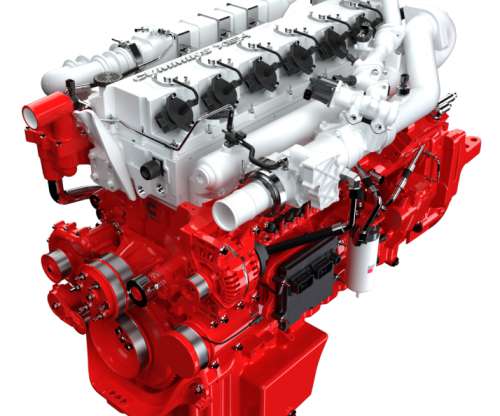




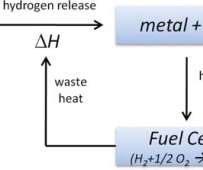
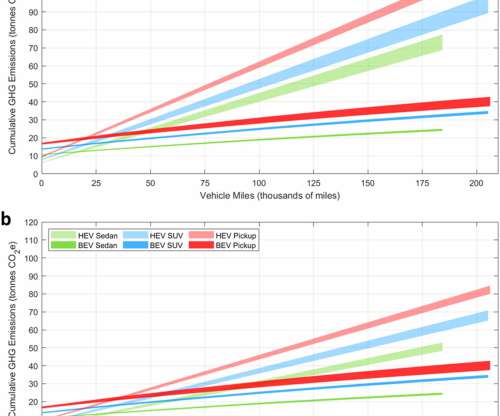






Let's personalize your content